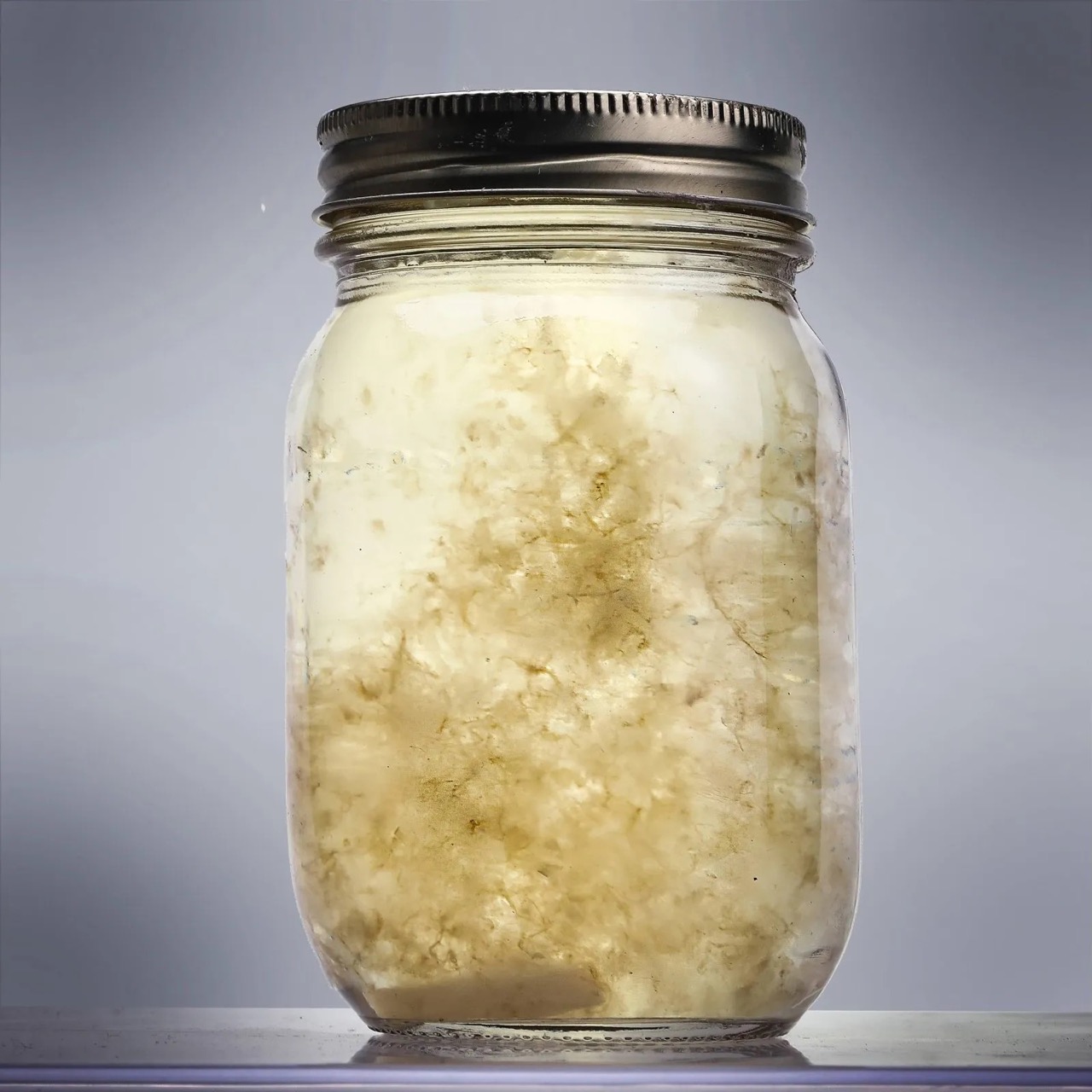

Articles
How To Store Liquid Mushroom Culture
Modified: February 23, 2024
Discover the best way to store liquid mushroom culture with our helpful articles. Learn how to preserve and maintain your culture for long-term success.
(Many of the links in this article redirect to a specific reviewed product. Your purchase of these products through affiliate links helps to generate commission for Storables.com, at no extra cost. Learn more)
Introduction
Welcome to the world of mushroom cultivation! If you’re a beginner looking to dive into the fascinating realm of growing mushrooms, understanding various cultivation techniques is essential. One of the key techniques used by cultivators is working with liquid mushroom culture.
Liquid mushroom culture refers to a mixture containing fungal spores or mycelium suspended in a liquid medium. This liquid medium provides a favorable environment for the growth and propagation of the mushroom mycelium, which can then be used to inoculate substrate and produce mushrooms.
Proper storage of your liquid mushroom culture is crucial to maintain its vitality and ensure its longevity. By implementing effective storage techniques, you can preserve the quality of your culture for future use and avoid contamination or degradation.
In this article, we will delve into the importance of storing liquid mushroom culture correctly and provide a step-by-step guide on how to accomplish this. We will also discuss the supplies you’ll need to get started. So, let’s get started on your journey to becoming a successful mushroom cultivator!
Key Takeaways:
- Proper storage of liquid mushroom culture is essential for maintaining viability, preventing contamination, and preserving genetic integrity. By following the step-by-step guide and using necessary supplies, successful mushroom cultivation is achievable.
- Understanding the benefits of liquid mushroom culture and acquiring the right supplies are crucial for effective storage. By investing time and effort into proper storage techniques, cultivators can save money, reduce reliance on external sources, and have the freedom to experiment with different strains and techniques.
Read more: How To Store Mushroom Liquid Culture
Understanding Liquid Mushroom Culture
Before we dive into the specifics of storing liquid mushroom culture, let’s take a moment to understand the concept and benefits of working with this cultivation technique.
Liquid mushroom culture involves growing and maintaining fungal mycelium in liquid form. The liquid medium provides essential nutrients and an optimal environment for the mycelium to flourish. This method offers several advantages over traditional solid agar culture, including increased growth rate, ease of handling, and the ability to inoculate larger quantities of substrate.
One of the primary benefits of liquid mushroom culture is its versatility. Different species of mushrooms have specific dietary requirements, and liquid culture allows for the customization of the nutrient solution to meet these needs. This flexibility opens up a whole world of possibilities when it comes to cultivating a wide range of mushroom varieties.
Another advantage of liquid mushroom culture is its scalability. With solid agar culture, the amount of mycelium that can be transferred to new containers is limited. In contrast, liquid culture can be easily expanded by transferring a small amount of mycelium to a larger volume of liquid medium. This scalability allows cultivators to produce larger batches of inoculum for subsequent substrate inoculation.
Furthermore, liquid mushroom culture can be a valuable tool for the preservation and storage of mushroom strains. By creating a master culture, cultivators can maintain a continuous supply of healthy mycelium without the need to constantly transfer to new agar plates. This not only saves time and resources but also helps preserve the genetic integrity of the strain over an extended period.
Overall, liquid mushroom culture offers an efficient and effective method for growing and maintaining fungal mycelium. When properly stored, liquid culture can be stored for extended periods and used whenever needed for inoculating substrates or starting new cultures. Now that we have a better understanding of liquid mushroom culture, let’s explore the importance of proper storage techniques in preserving the vitality of your cultures.
Importance of Proper Storage
Proper storage of liquid mushroom culture is crucial for maintaining its viability and ensuring successful mushroom cultivation. Here are some key reasons why proper storage techniques are of utmost importance:
Longevity: Liquid culture, when stored correctly, can maintain its vitality for an extended period. This means that you can store your cultures and have a continuous supply of healthy mycelium whenever you need it. This is especially important if you want to preserve rare or valuable mushroom strains that may be difficult to obtain in the future.
Contamination Prevention: Contamination is the arch-nemesis of the mushroom cultivator. Improper storage conditions can increase the risk of contamination, leading to the loss of cultures and wasted time and effort. By implementing proper storage techniques, such as using sterile containers and maintaining a clean environment, you can minimize the chances of contamination and ensure the longevity of your cultures.
Genetic Integrity: Each mushroom culture represents a unique genetic strain. With proper storage, you can preserve the genetic integrity of your cultures over time. This is particularly important if you have developed a specific strain with desirable characteristics such as high yields or unique flavors. By storing your liquid culture properly, you can ensure that these traits are maintained and passed on to future generations.
Cost Efficiency: Cultivating mushrooms can be a costly endeavor, especially if you have to constantly purchase new cultures or spore prints. By effectively storing your liquid cultures, you can significantly reduce costs by reusing and propagating existing cultures. This allows you to save money and allocate resources to other aspects of your mushroom cultivation venture.
Convenience: Proper storage methods allow for the convenience of having readily available cultures whenever you need them. Instead of relying on external sources or waiting for new cultures to develop, you can simply access your stored liquid cultures and use them for inoculating substrates or starting new cultures. This convenience ensures a smoother workflow and enables you to experiment with different mushroom varieties and techniques at your own pace.
As you can see, proper storage techniques are essential for maintaining the vitality, genetic integrity, and convenience of your liquid mushroom cultures. In the next section, we will discuss the supplies you’ll need to effectively store your cultures.
Store liquid mushroom culture in a clean, airtight container to prevent contamination. Keep it in a cool, dark place, such as a refrigerator, to prolong its shelf life.
Supplies Needed for Storing Liquid Mushroom Culture
When it comes to storing liquid mushroom culture, having the right supplies is crucial to ensure the longevity and quality of your cultures. Here are the essential supplies you’ll need:
- Sterile Containers: Using sterile containers is vital to prevent contamination and maintain the integrity of your liquid cultures. You can use glass jars, test tubes, or other airtight containers that can be sealed with a breathable lid or a rubber stopper. Make sure to sterilize the containers thoroughly before use.
- Autoclave or Pressure Cooker: An autoclave or pressure cooker is essential for sterilizing your equipment and nutrient solution. These devices use high-pressure steam to kill any bacteria or fungi present and create a sterile environment for your liquid cultures. If you don’t have access to an autoclave, a pressure cooker can be a suitable alternative.
- Sterile Gloves and Mask: Maintaining a clean and sterile environment is crucial when handling liquid cultures. Wear sterile gloves and a mask to minimize the introduction of foreign contaminants and to protect both yourself and the cultures from potential contamination.
- Alcohol or Disinfectant Spray: Alcohol or disinfectant spray is useful for sterilizing your work area and any tools or surfaces that come into contact with the cultures. Spray the area and wipe it down with a sterile cloth or paper towel before starting the storage process.
- Sterile Syringes or Pipettes: Sterile syringes or pipettes are essential for transferring and aliquoting your liquid cultures into the storage containers. These tools allow for precise measurements and minimize the risk of contamination during the transfer process.
- Sterile Nutrient Solution: The nutrient solution is a crucial component of liquid mushroom culture. It provides the necessary nutrients for the growth and maintenance of the mycelium. Prepare a sterile nutrient solution according to the specific requirements of the mushroom species you are cultivating.
- Labels and Marker: It’s important to label your storage containers with the date, strain name, and any other relevant information. This helps you keep track of the cultures and ensures that you can easily identify and retrieve specific strains when needed.
- Storage Space: You’ll need a designated storage area or refrigerator to store your liquid cultures. Maintain a consistent temperature of around 4-8°C (39-46°F) to promote the longevity and viability of your cultures.
By having these supplies readily available, you’ll be well-equipped to store your liquid mushroom cultures effectively. In the next section, we’ll provide a step-by-step guide on how to store your liquid cultures properly.
Step-by-Step Guide: How To Store Liquid Mushroom Culture
Successfully storing your liquid mushroom culture is essential for its long-term viability and usability. Follow this step-by-step guide to ensure you store your cultures properly:
- Prepare the sterile containers: Sterilize the containers you will be using to store your liquid cultures. This can be done by autoclaving them or using a pressure cooker. Ensure the containers are completely dry before proceeding.
- Prepare the nutrient solution: Prepare a sterile nutrient solution according to the requirements of the mushroom species you are working with. This solution will serve as the medium for the mycelium to grow and thrive in the liquid culture.
- Inoculate the containers: Using a sterile syringe or pipette, transfer a small amount of your liquid culture into each sterile container. Start with around 10-20% of the total volume, leaving room for the mycelium to grow and expand over time.
- Label the containers: Label each container with the date, strain name, and any other relevant information. This will help you keep track of the cultures and easily identify them later on.
- Seal the containers: Ensure the containers are properly sealed with a breathable lid or a rubber stopper. This will allow for gas exchange while preventing contamination from entering the cultures.
- Store in a designated area: Place the sealed containers in a designated storage area or refrigerator with a consistent temperature of around 4-8°C (39-46°F). This temperature range helps maintain the longevity and vitality of the liquid cultures.
- Maintain sterile conditions: Whenever you need to access your stored liquid cultures, make sure to maintain a clean and sterile work area. Wear sterile gloves and a mask, and sterilize any tools or surfaces that will come into contact with the cultures.
- Use as needed: When you’re ready to use the liquid culture for inoculating substrates or starting new cultures, simply remove the desired container from storage. Carefully transfer a small amount of the culture into a new sterile container or directly onto the substrate.
- Monitor and expand cultures: Regularly check the stored liquid cultures for signs of contamination or degradation. If needed, you can expand the cultures by transferring a small amount of mycelium into a larger volume of fresh nutrient solution.
Following these steps will help you effectively store your liquid mushroom cultures and maintain their viability and quality over an extended period. Proper storage techniques play a vital role in successful mushroom cultivation, so ensure you maintain sterile conditions and monitor the cultures regularly. With well-preserved liquid cultures, you can continue to explore and experiment with different mushroom varieties and techniques.
Read more: How To Store Liquid Culture
Conclusion
Properly storing liquid mushroom culture is essential for maintaining its viability, preventing contamination, and preserving the genetic integrity of your strains. By following the step-by-step guide and using the necessary supplies, you can ensure the longevity and quality of your cultures, ultimately leading to successful mushroom cultivation.
Understanding the concept and benefits of liquid mushroom culture is the foundation for effectively storing it. Liquid culture offers versatility, scalability, and the ability to preserve and propagate unique strains. By harnessing the power of liquid culture, you can expand your mushroom cultivation endeavors and explore a wide variety of mushroom species.
The supplies needed for storing liquid mushroom culture include sterile containers, autoclaves or pressure cookers for sterilization, sterile gloves and masks, alcohol or disinfectant spray for maintaining cleanliness, sterile syringes or pipettes for transferring cultures, sterile nutrient solutions, labels and markers for identification, and designated storage space with controlled temperature.
By carefully following the step-by-step guide, you can store your liquid mushroom cultures effectively. Prepare the containers, inoculate them with the cultures, label and seal them, and store them in a designated area with the right temperature. Remember to maintain sterile conditions when accessing the cultures and regularly monitor them for any signs of contamination or degradation. Expanding the cultures when necessary will ensure a continuous supply of healthy mycelium.
Proper storage techniques offer numerous benefits, including longevity, contamination prevention, genetic integrity preservation, cost efficiency, and convenience. By investing time and effort into storing your liquid cultures correctly, you can save money, reduce reliance on external sources for cultures, and have the freedom to experiment with different strains and techniques at your own pace.
In summary, storing liquid mushroom culture is a vital step in the journey of becoming a successful mushroom cultivator. By understanding the importance of proper storage, acquiring the necessary supplies, and following the step-by-step guide, you can ensure the viability and quality of your liquid cultures. So, prepare your containers, inoculate your cultures, and embark on your exciting adventure of mushroom cultivation!
Frequently Asked Questions about How To Store Liquid Mushroom Culture
Was this page helpful?
At Storables.com, we guarantee accurate and reliable information. Our content, validated by Expert Board Contributors, is crafted following stringent Editorial Policies. We're committed to providing you with well-researched, expert-backed insights for all your informational needs.
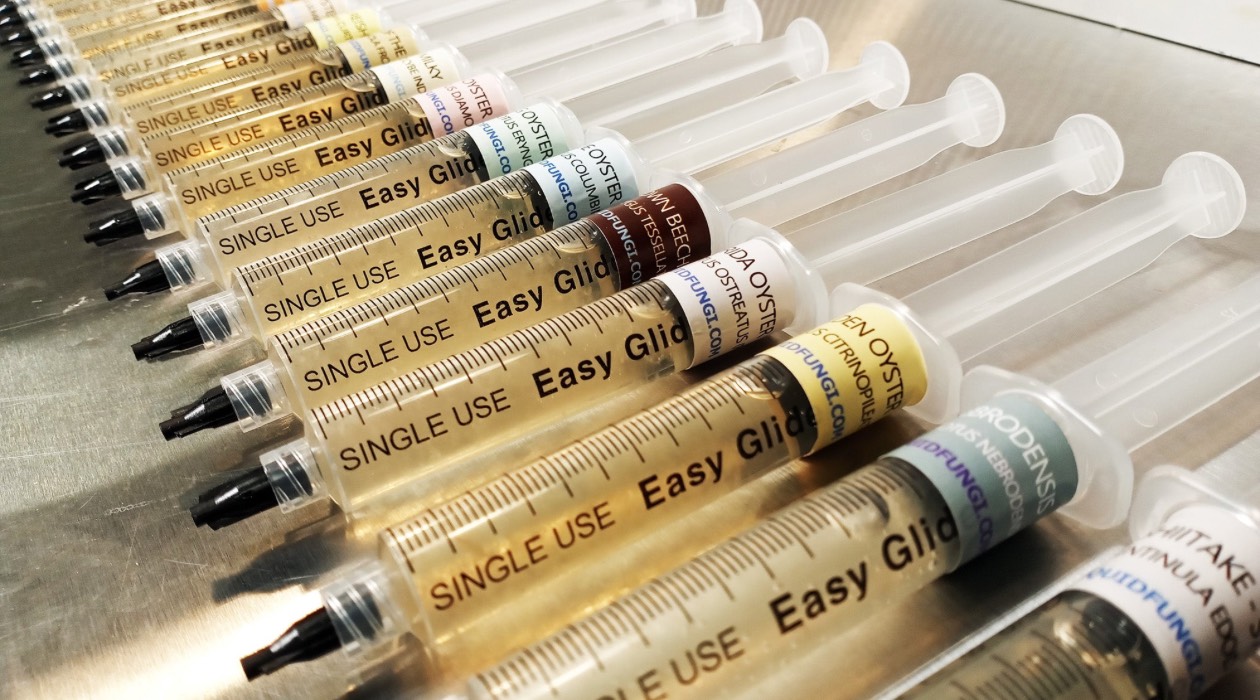
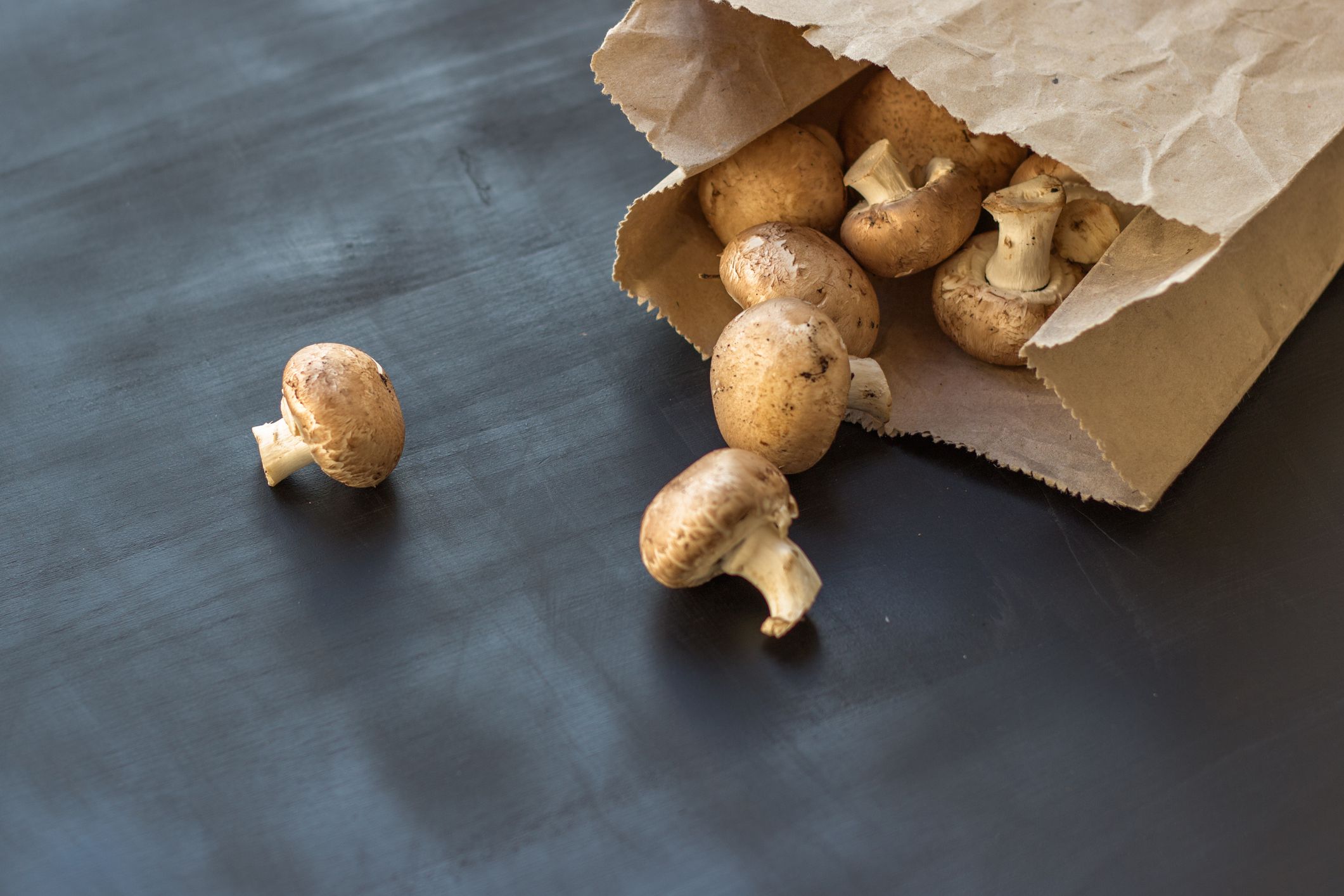
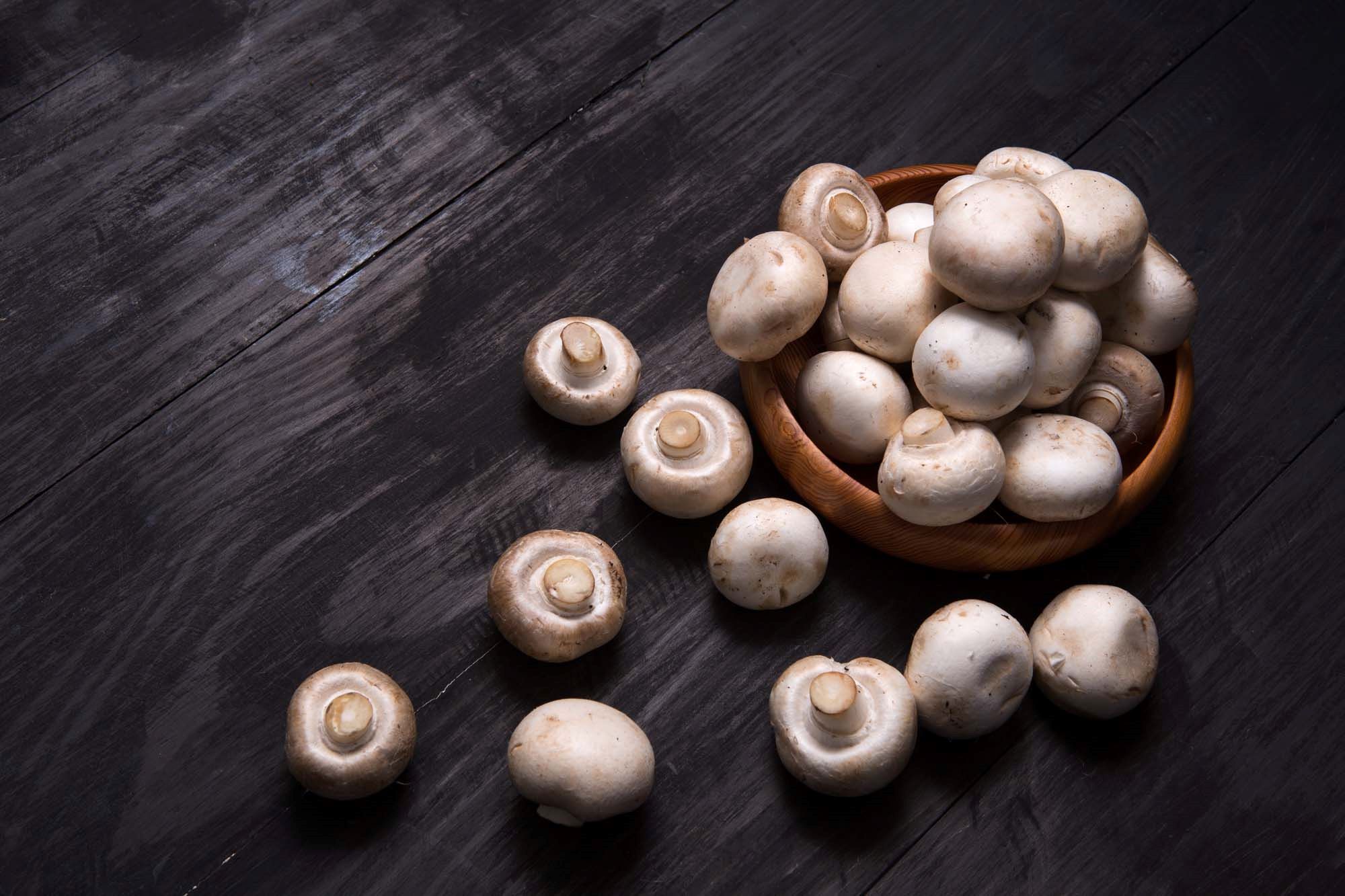
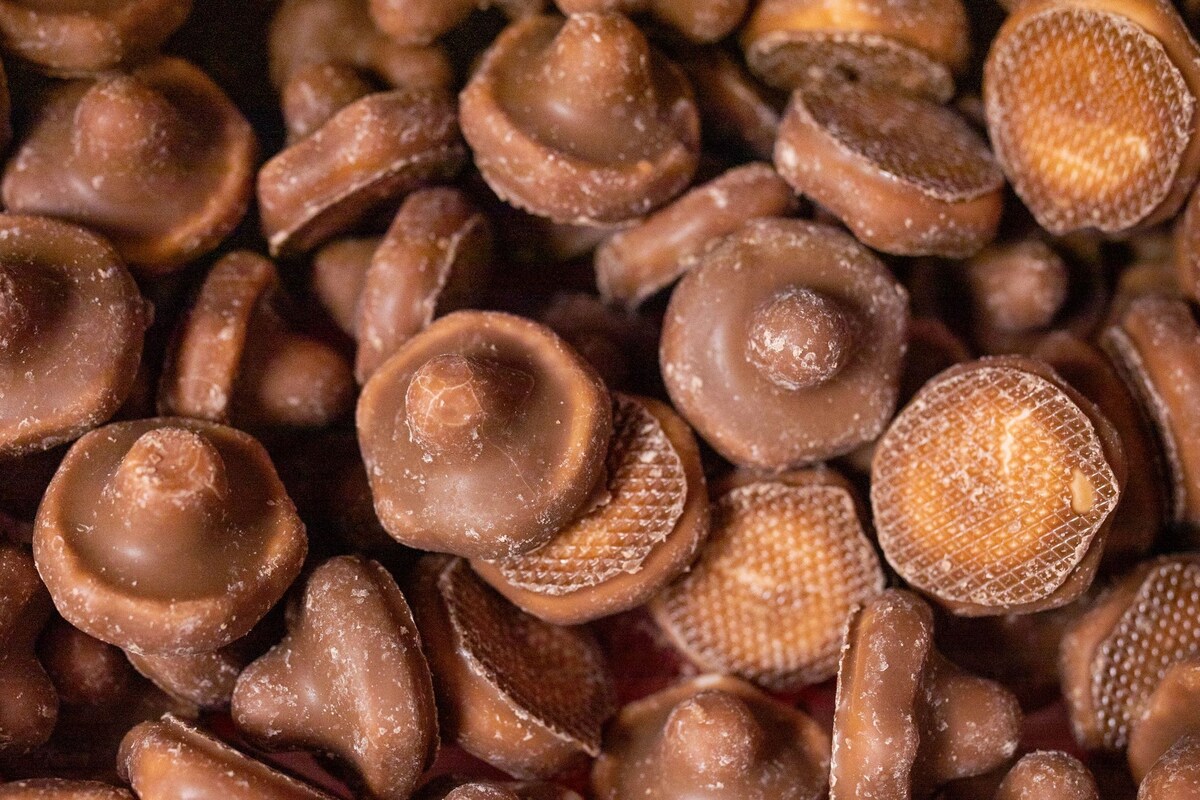
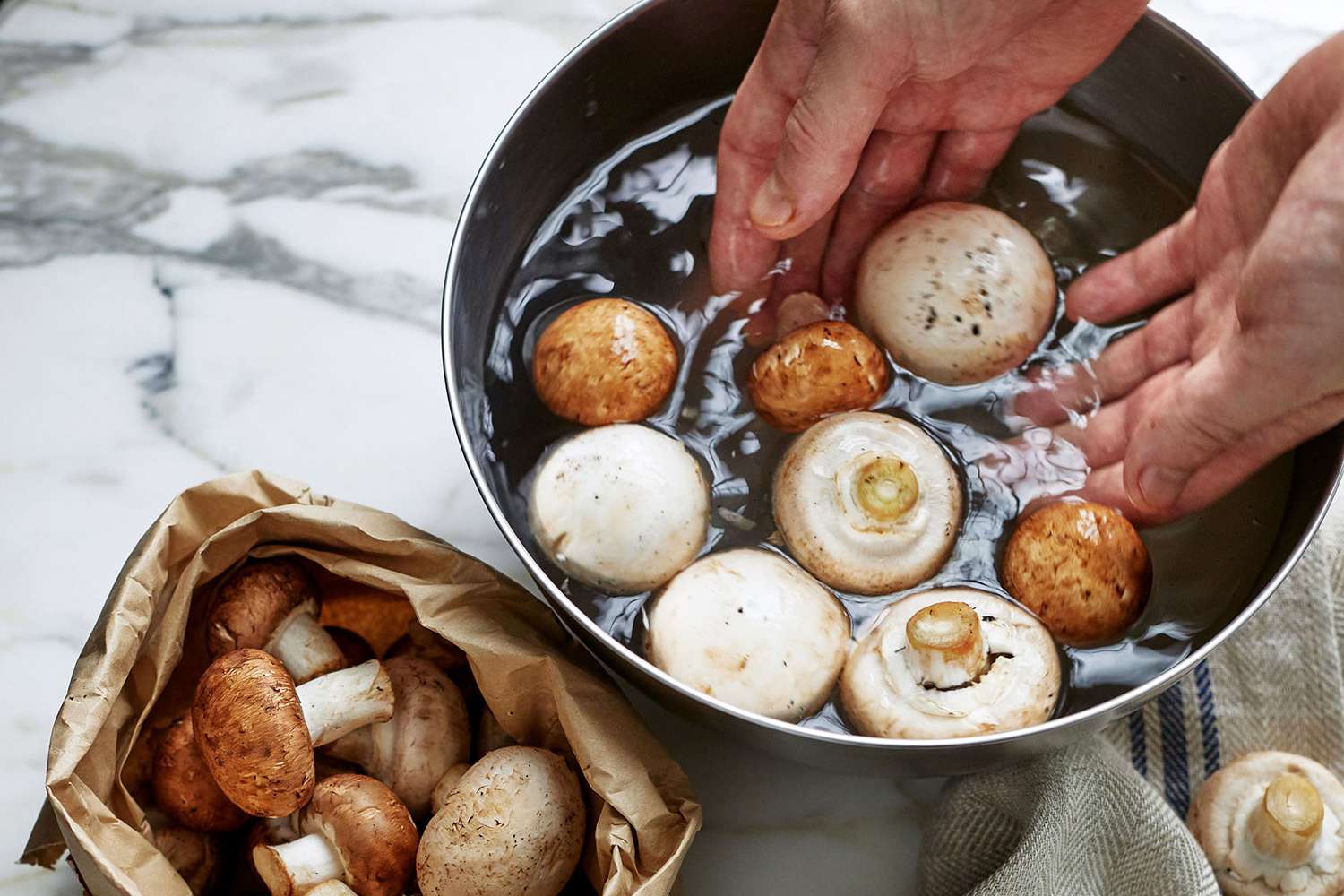
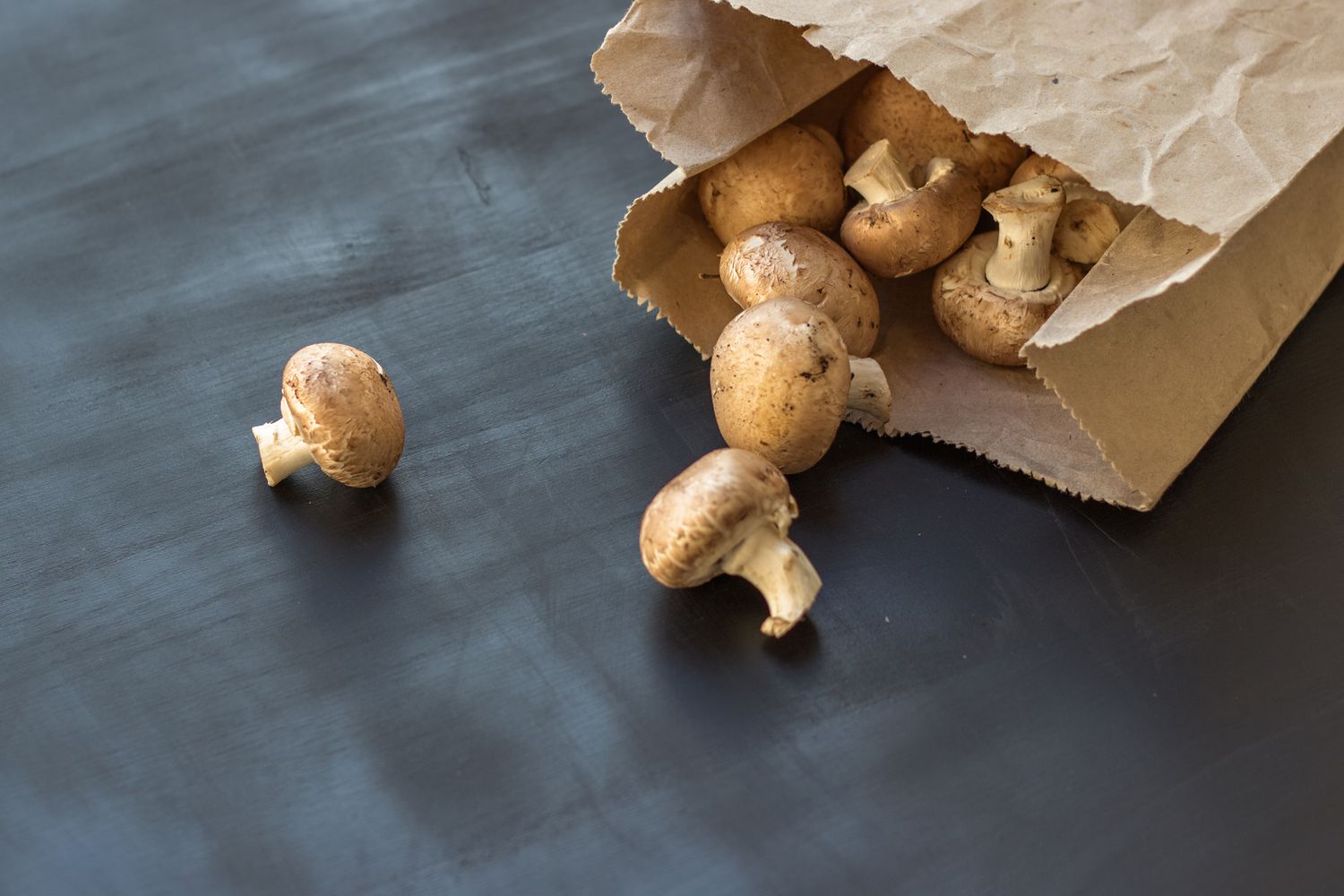
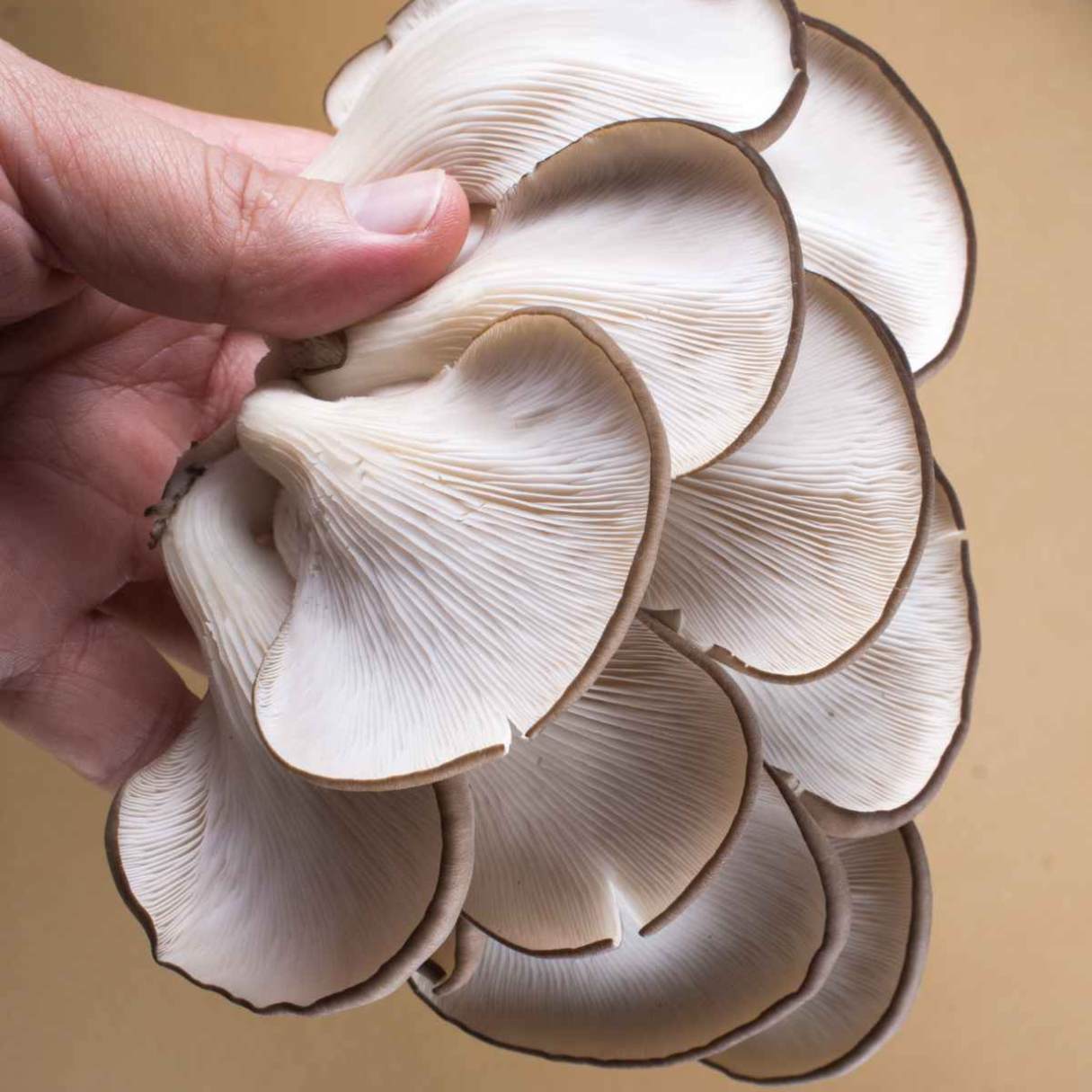
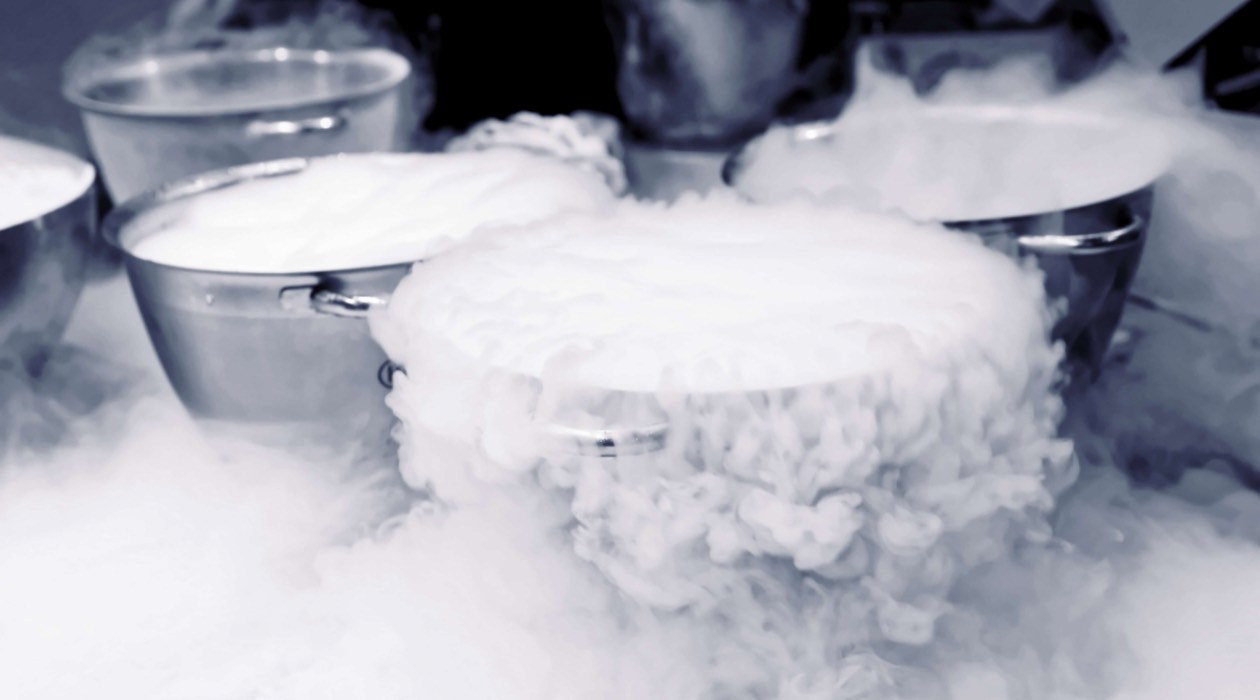
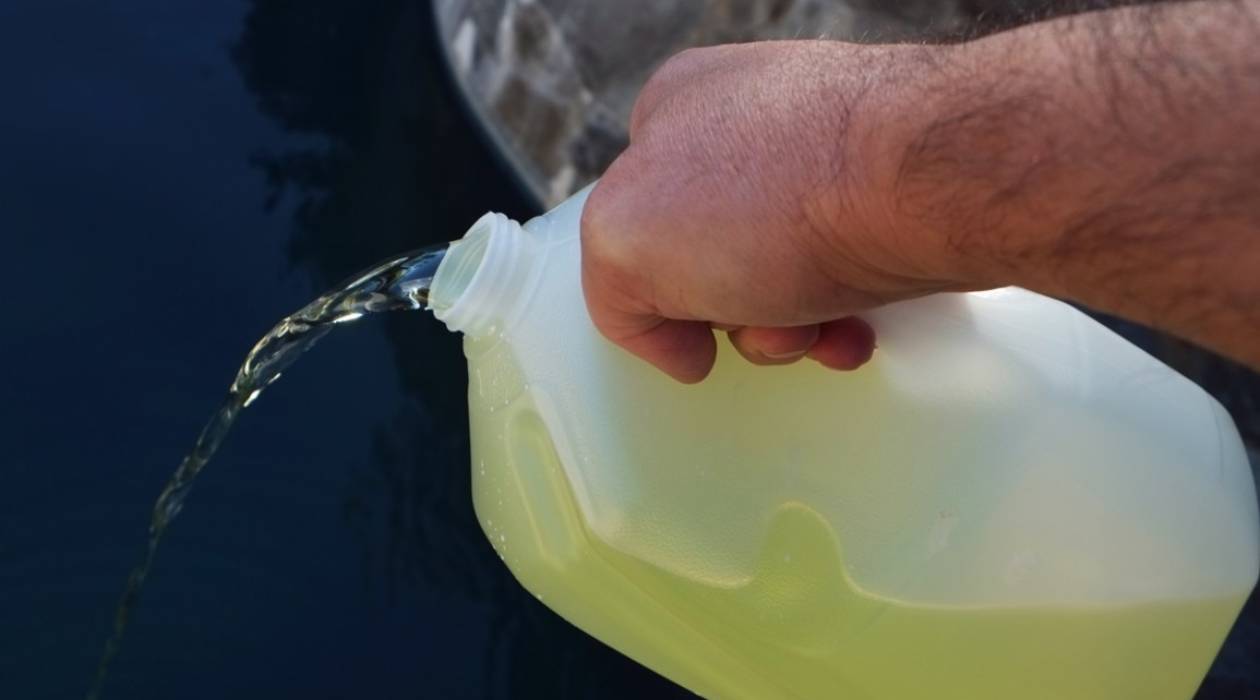
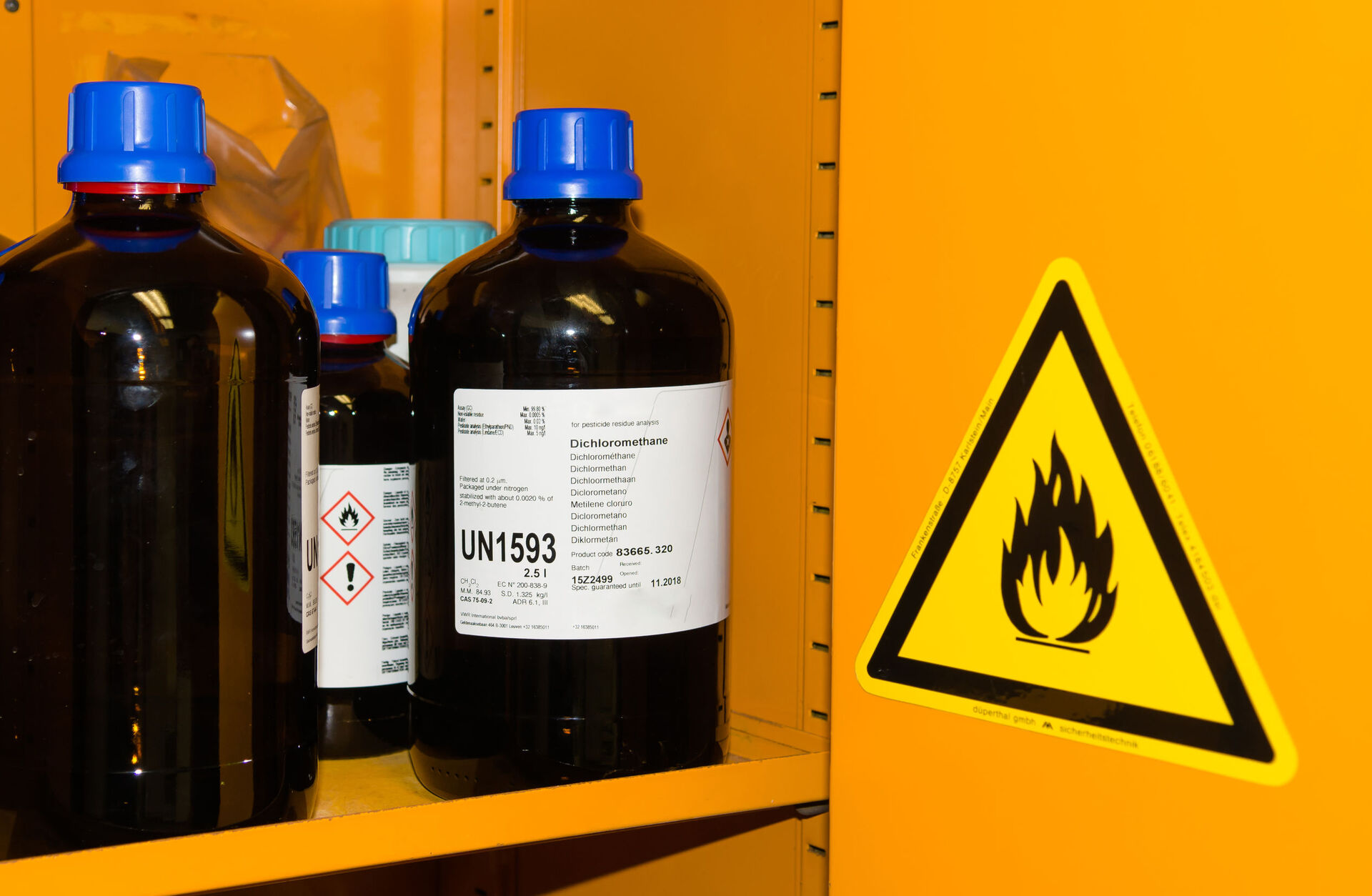
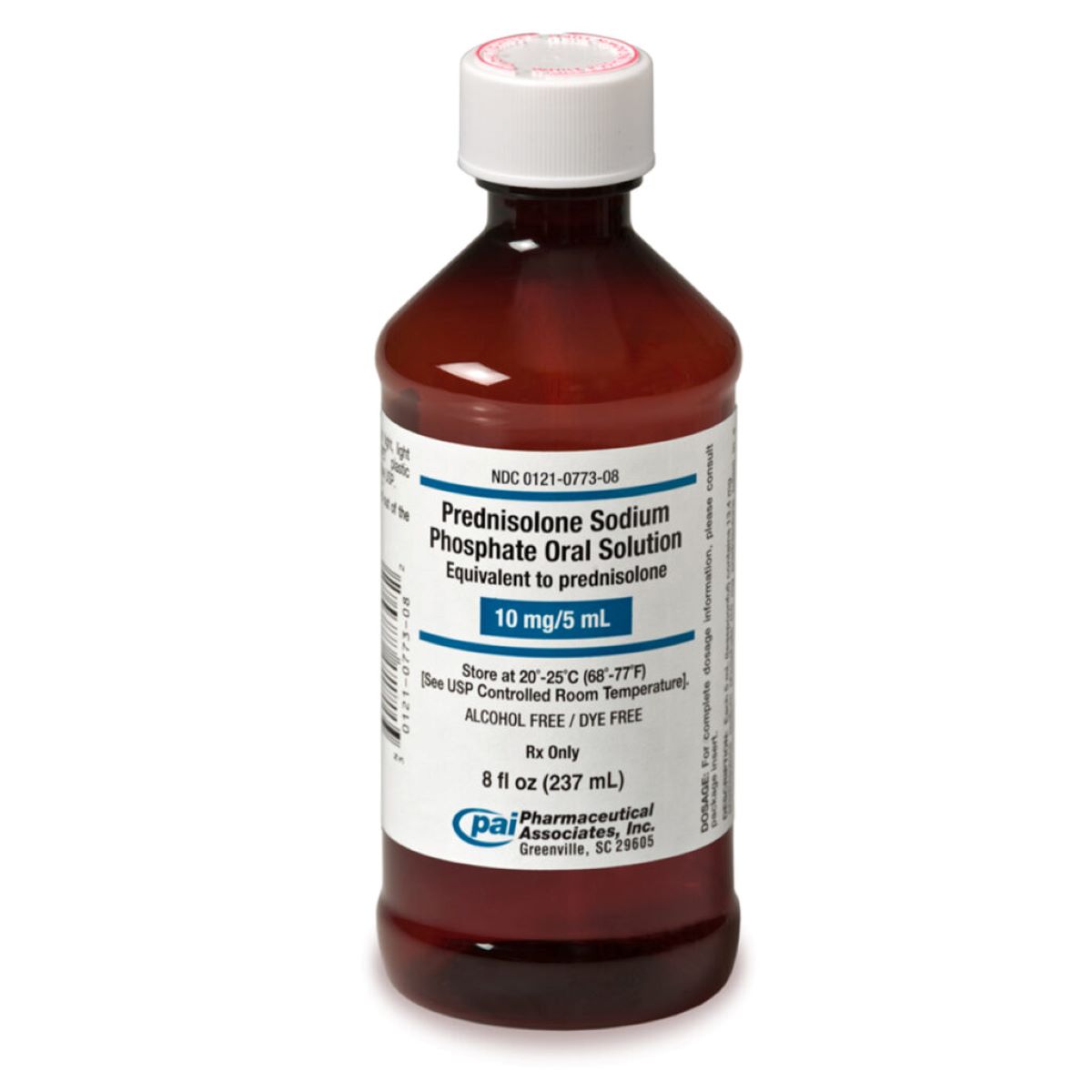
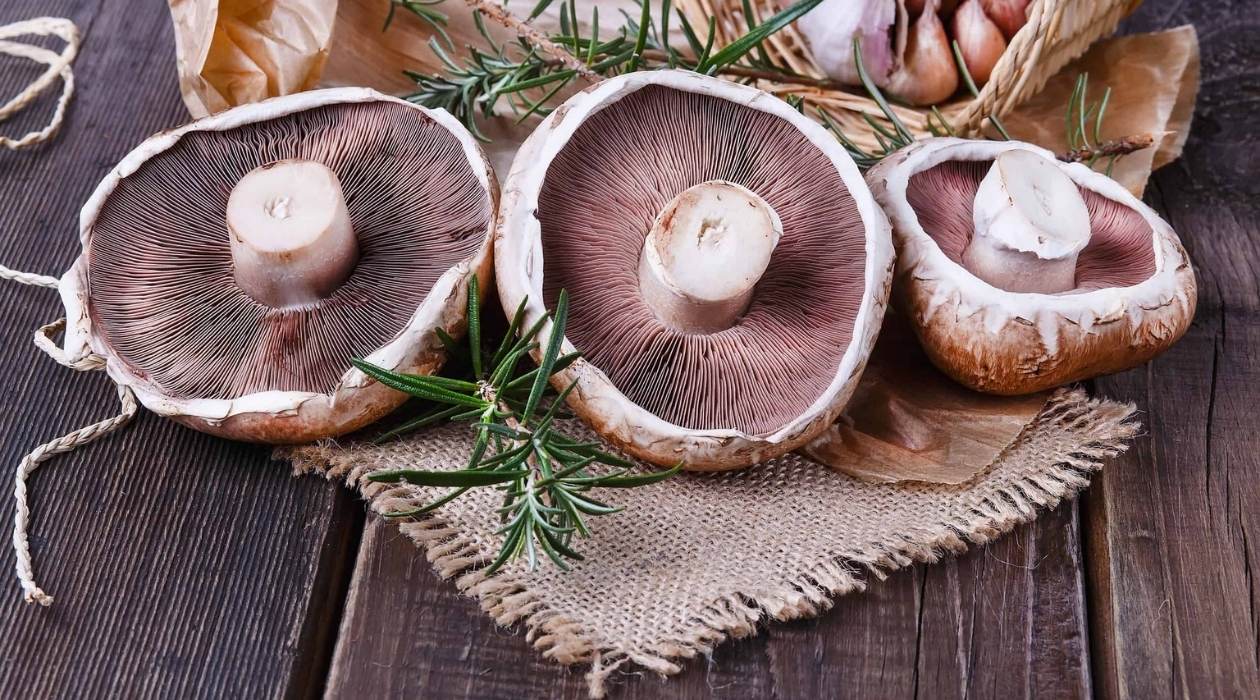
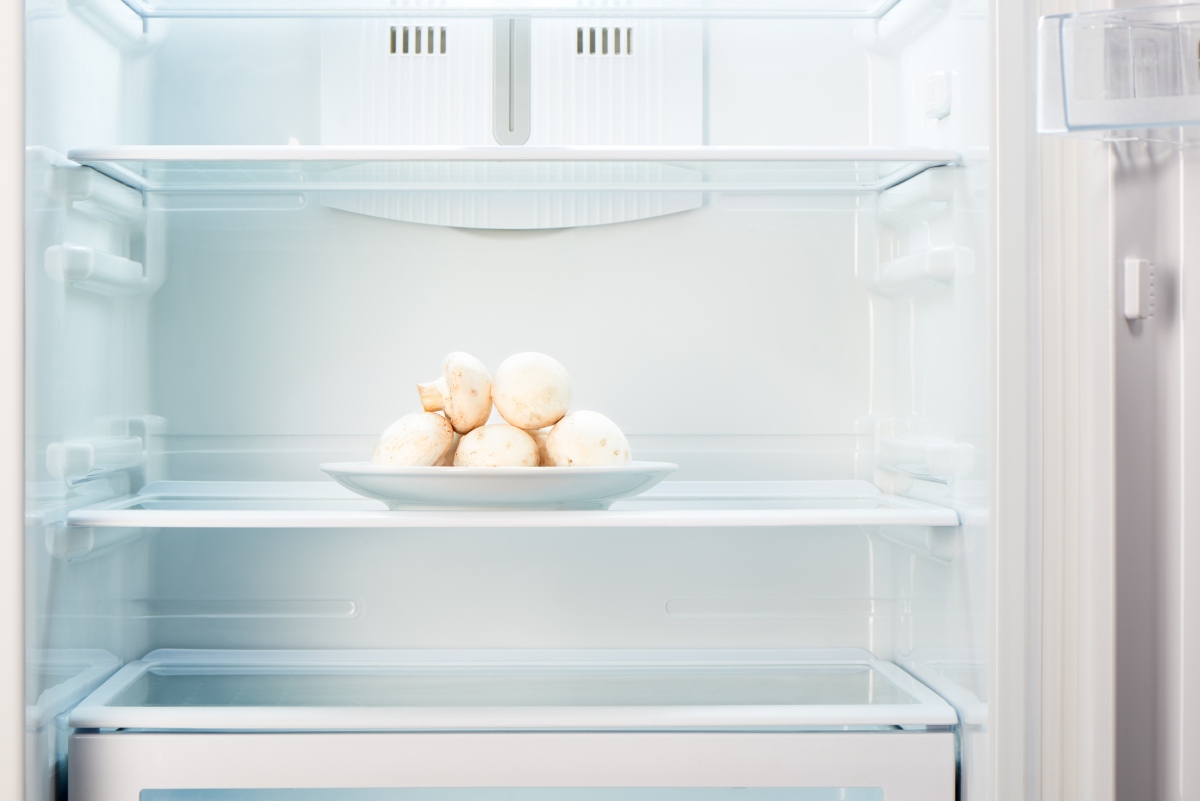
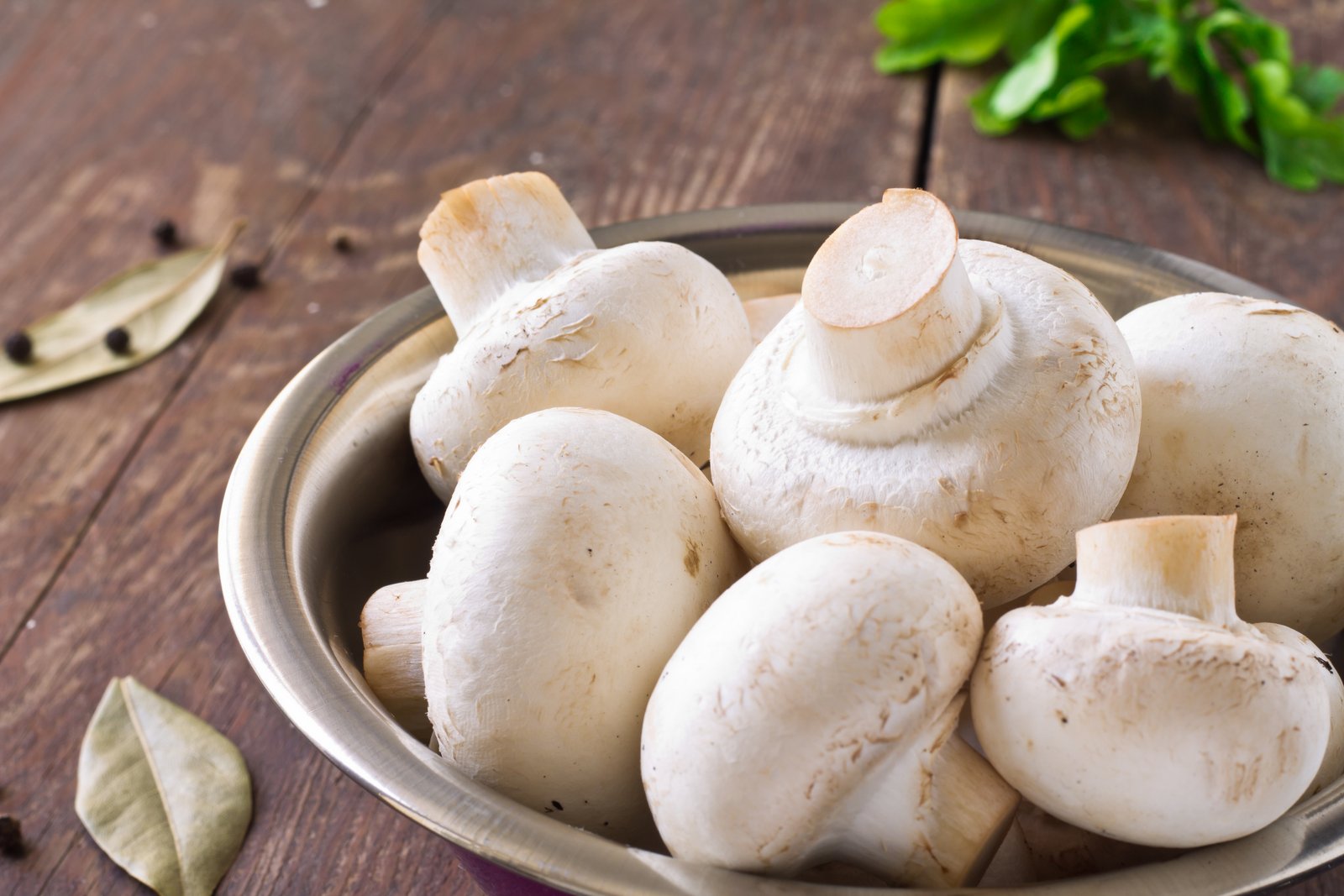

0 thoughts on “How To Store Liquid Mushroom Culture”